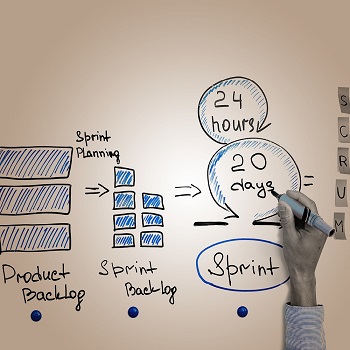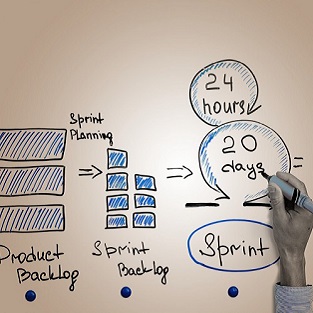3 IT mistakes businesses make – and how to avoid them
 We’ve recently celebrated our 19 year anniversary at ECLEVA and over all those years delivering IT projects we’ve seen a lot of change in the technology landscape. But some things have stayed the same, including the mistakes businesses make in how they try to leverage the benefits of technology.
We’ve recently celebrated our 19 year anniversary at ECLEVA and over all those years delivering IT projects we’ve seen a lot of change in the technology landscape. But some things have stayed the same, including the mistakes businesses make in how they try to leverage the benefits of technology.
Here are our tips to avoid the top 3 mistakes people make.
Tip #1: Don’t expect too much of IT.
It might sound odd coming from a company that makes its living out of supplying IT solutions, but IT isn’t the magic bullet for everything. Some people get starry-eyed about what it can do for their business, even believing that simply having the technology will give them a competitive edge.
Our tip is to see IT not as an end in itself but as a way to make your business function better.
Our experience is that IT is most valuable in these areas:
- Automating and improving your business processes
- Handling your data – storing, accessing and analysing
- Making your communication more flexible and efficient – anytime, anywhere, any channel
So harness the power of what IT does best and put the focus on your business first – and IT second.
Tip #2: “Time to value” matters the most
These days we work in a highly dynamic marketplace where business needs can change rapidly. This means organisations no longer have the luxury of taking months or even years to deliver IT projects. Such is the pace of change that, by the time the IT project is delivered, the demand has changed. You end up with a shiny old solution, rather than a shiny new one.
This means a shift in mindset in how we define a “successful” IT project: the traditional view that we need to deliver agreed functionality “on time and on budget” may well mean that you end up with a solution that is “on time” but is still too late. It no longer works for you and therefore wastes money.
So here’s our tip: adopt a strategy that delivers IT solutions that give you the highest value as quickly as possible. That way you get the benefits while they’re still relevant. There’s nothing to stop you then focussing on the “next highest value” deliverables. But you can do so while you’re getting the returns from your initial investment. One benefit of operating on shorter time frames is that ultimately this will probably save you money. It will certainly make your IT more relevant.
Tip #3: Create effective cross-functional teams
It would be great if the “business” could just tell the IT “boffins” what it needs and then leave them to it. Consciously or not, many businesses still try to achieve this “ideal”.
However this approach is filled with risk.
First, it can result in longer projects, with a disconnect between the IT solution and what the business really needs (as identified in Tip # 2). Second it assumes that the IT boffins will somehow come up with the right answer even though there’s been minimal interaction between project team members, and in particular with the “business”.
Our tip for getting the best results is to make sure the business side is involved with IT projects every step of the way, sometimes daily, even if only for 15 minutes. This makes it possible to identify any misunderstandings early and get the expectation clear well before the project is due to go live. It might, for example, mean bringing in other members of the team to help (“Anne from accounting knows that process inside out. Maybe we should talk to her.)
The right IT solution can provide fantastic returns to all organisations. The good news is that there are ways to avoid common mistakes, better manage IT project risks and get real value for your investment. Contact us if you’d like to find out more.
Visit our website www.ecleva.com or if you have any query than don’t hesitate to Contact us.






